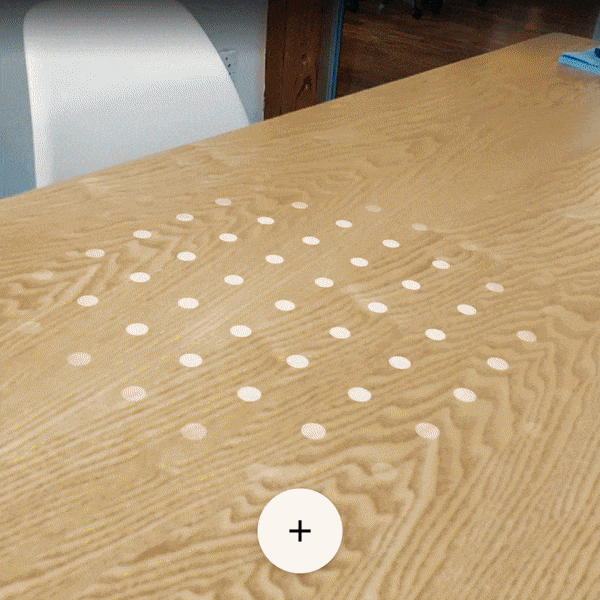Posted by Ashish Shah, Product Manager, Google AR & VR
The magic of augmented reality is in the way it blends the digital and the physical worlds. For AR experiences to feel truly immersive, digital objects need to look realistic -- as if they were actually there with you, in your space. This is something we continue to prioritize as we update ARCore and Sceneform, our 3D rendering library for Java developers.
Today, with the release of ARCore 1.6, we're bringing further improvements to help you build more realistic and compelling experiences, including better plane boundary tracking and several lighting improvements in Sceneform.
With 250M devices now supporting ARCore, developers can bring these experiences to an even larger and growing user base.
More Realistic Lighting in Sceneform
Previous versions of Sceneform defaulted to optimizing ambient light as yellow. Version 1.6 defaults to neutral and white. This aligns more closely to the way light appears in the real world, making digital objects look more natural. You can see the differences below.

This change will also make objects rendered with Sceneform look as if they're affected more naturally by color and lighting in the surrounding environment. For example, if you're viewing an AR object at sunset, it would appear to be illuminated by the red and orange hues, just like real objects in the scene.
In addition, we've updated Sceneform's built-in environmental image to provide a more neutral scene for your app. This will be most noticeable when viewing reflections in smooth metallic surfaces.
Adding screen capture and recording to the mix
To help you further improve quality and engagement in your AR apps, we're adding screen capture and recording to Sceneform. This is something a number of developers have requested to help with demo recording and prototyping. It can also be used as an external facing feature, allowing your users to share screenshots and videos on social media more easily, which can help get the word out about your app.
You can access this functionality through the surface mirroring API for the SceneView class. The API allows you to display the Sceneform view on a device's screen at the same time it's being rendered to another surface (such as the input surface for the Android MediaRecorder).
Learn more and get started
The new updates to Sceneform and ARCore are available today. With these new versions also comes support for new devices, such as the Samsung Galaxy A3 and the Huawei P20 Lite, that will join the list of ARCore-enabled devices. More information is available on the ARCore developer website.






